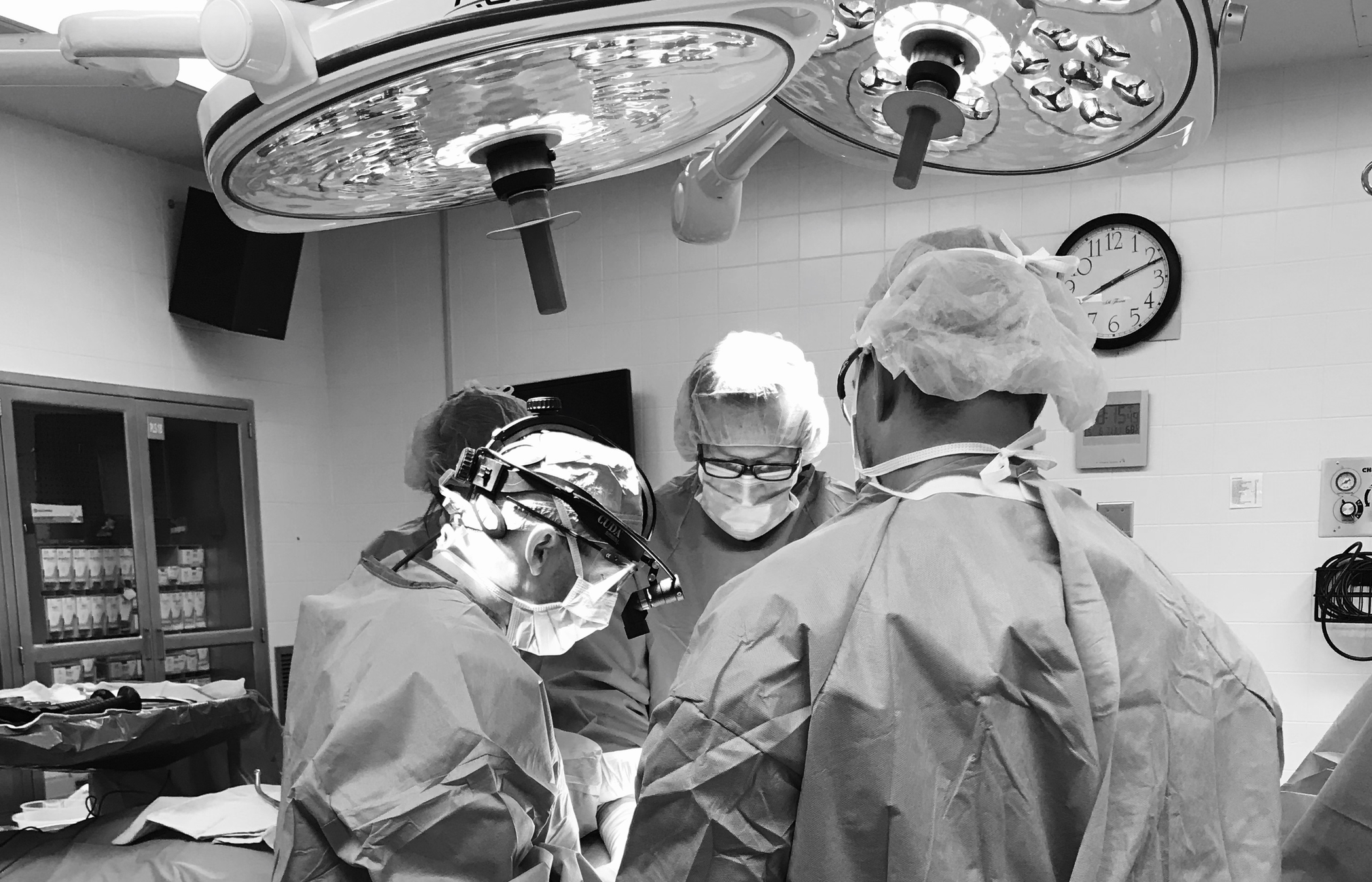Facial Fat Grafting
The world of plastic surgery has made tremendous advancements in our knowledge of facial aging. No longer is it only about loose, sagging skin. We now know the bone structure recedes, ligaments stretch, and the facial fat pads atrophy and droop. Enter fat grafting to the face. With this unique procedure, our surgeons can help restore volume to nearly any area of the face, including the cheeks, folds, lips, temples, jawline, and brow areas. This can be done as an isolated procedure, or more commonly combined with a facelift to add that finishing touch.
Facial fat grafting allows our surgeons to gently liposuction fat from one area of the body, process it in a special way, and then delicately transfer these cells where needed. Approximately 50-80% of these fat cells survive the transfer process and become permanent residents volumizing this new location. The fat cells can be harvested from all over the body, with typical donor sites including the abdomen, flanks, thighs, and outer chest wall. Fat transfer to the face can assist with a more youthful appearance, giving subtle lifting effects, improving skin quality, and softening depressions and folds.
Your surgeon will determine how much fat needs to be transferred and discuss with you stubborn areas you may desire to donate fat cells from. They deliver the fat in small aliquots, or tiny channels, which enhances the fat survival and produces consistent, reliable results. For larger volume needs or areas with minimal native tissue to transfer into, more than one round of fat grafting may be needed.
Fat transfer to the face can help:
- Restore volume
- Balance facial asymmetries
- Soften folds
- Enhance deflated lips
- Improve skin quality
- Restore a more youthful appearance
Quick Facts:
- Length: 45 min
- Anesthesia: General, sedation, or local
- Stay: Outpatient same day surgery
- Can be combined with almost any surgery
- Recovery: 3-7 days
- Side Effects: bruising, swelling, firmness, oil cyst or calcifications, resorption
Contact Us to Schedule a Consultation

FAT GRAFTING TECHNIQUE:
Your surgeon will mark areas of planned fat harvest and sites where the fat will be grafted while you are in the preoperative holding area. During the operation, small incisions approximately ¼ to ½ inch will be made so a special numbing fluid can be infiltrated. Your surgeon will then gently aspirate the fat using thin metal wands and ensure a smooth contour to the donor site. The fat will be processed to optimize survival, and then re-injected into the desired facial areas by tiny needle-sized access sites. Once the fat has been delivered to the new area in the desired shape and volume, your incisions will be closed with sutures and dressings will be placed. Often a bit of over-correction is done to take into account some resorption. Depending on the volume of transferred fat needed in each area, more than one session of fat grafting may be needed.

RECOVERY FROM FAT GRAFTING
Areas, where the fat was suctioned from, will be sore, but not overly painful. You will likely have some swelling and bruising in these areas that will resolve over the next 1-2 weeks. This can be minimized with compression to the area, either a binder if placed at the time of surgery, or gentle compression garments such as Spanx. Minimize heavy lifting or straining for the first week after surgery, but then you can resume more normal activities and exercise. Areas where the fat was grafted into often have bruising, swelling, and even a little redness. This is a normal part of the transfer process and should improve over 1-2 weeks.




